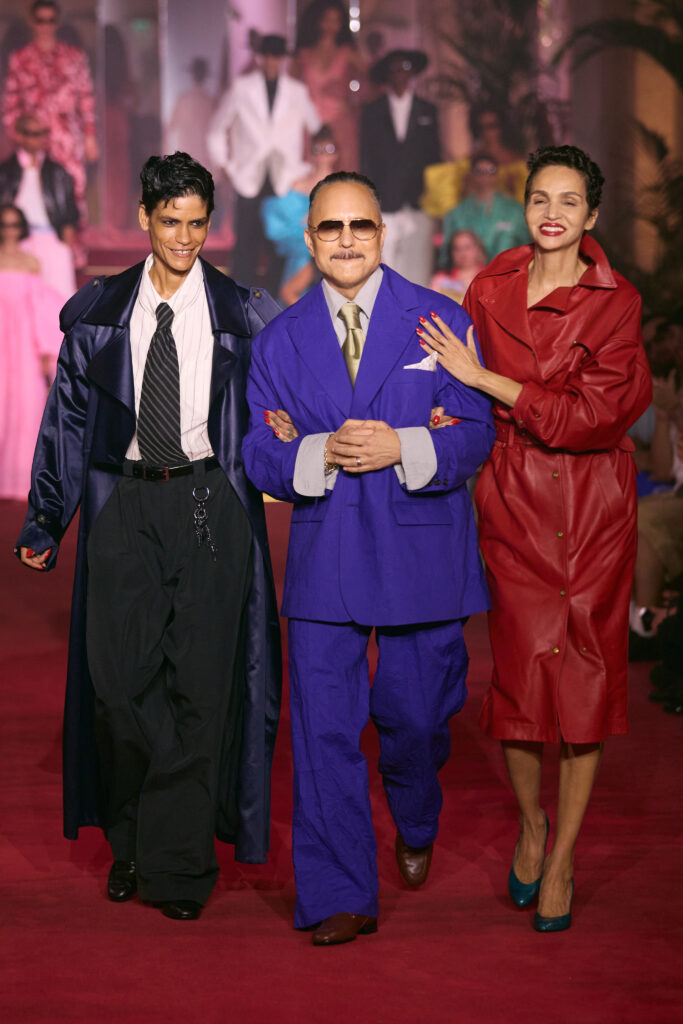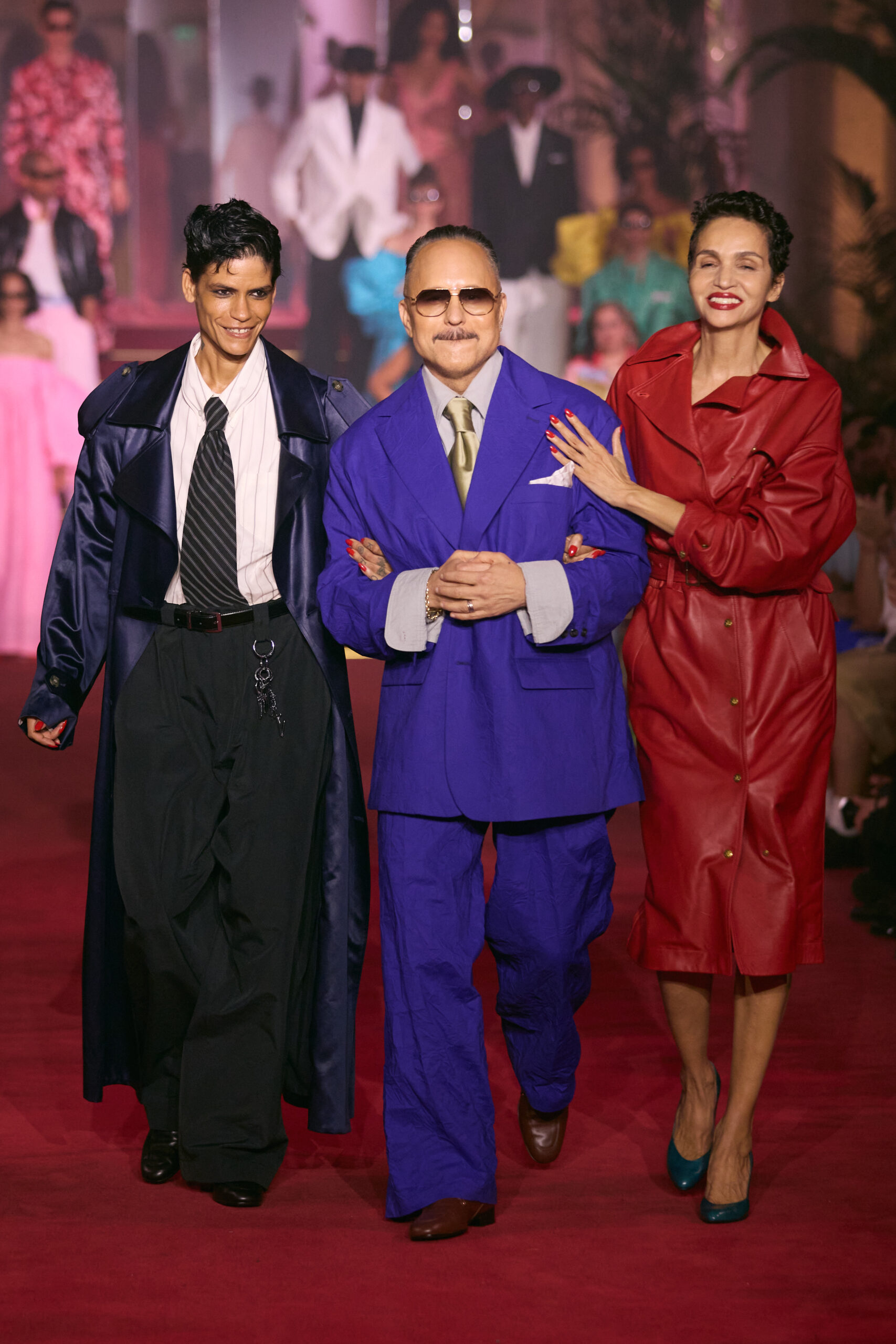The invitation to Willy Chavarria’s Spring/Summer 2026 show was not a branded plate like Jonathan Anderson for Dior’s. It wasn’t flashy. Instead, it was a summons, resembling that of an immigration summons, but instead stating that you have the “inalienable right to exist.”
The show, titled Huron (after Chavarria’s hometown in California), was once again shown in Paris. Some find it odd that Chavarria started showing in Paris instead of his headquartered city, New York, but his collections always make a splash, and Paris is the fashion calendar headliner. It allows Chavarria to get his message out to the “fashion crowds” and, in following, the world.
Set on a red staircase, the shows opened in white. Thirty-five men in white T-shirts walked and kneeled, representing the current state that immigrants face in prisons, especially Salvadoran prisons where people are being persecuted with no due process. The shirts were a collaboration between Chavarria and the American Civil Liberties Union (ACLU). A truly powerful moment.
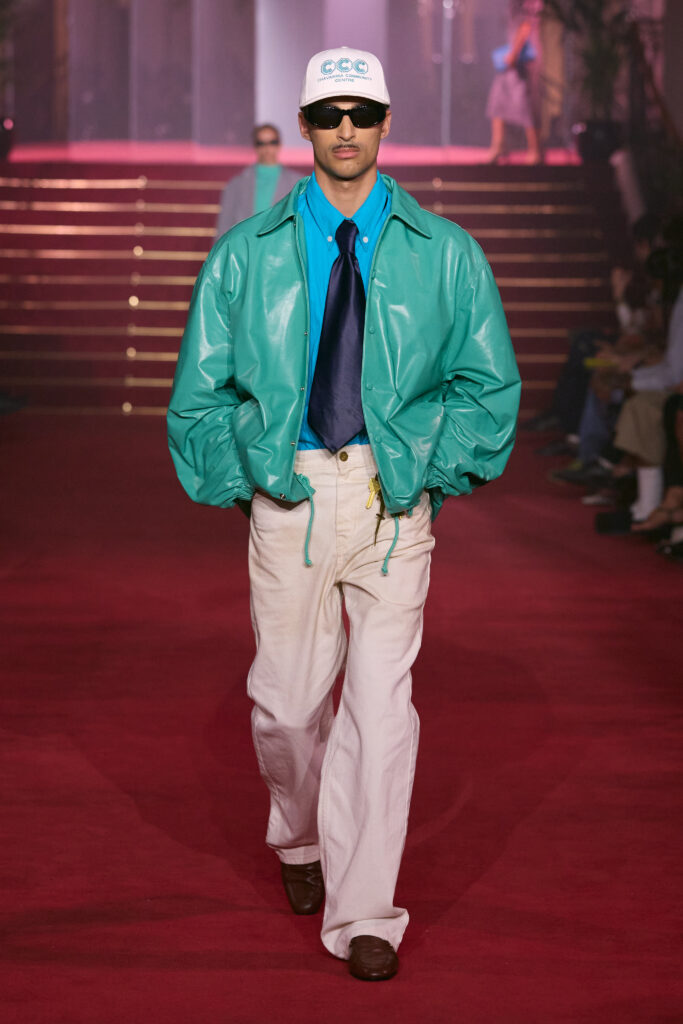
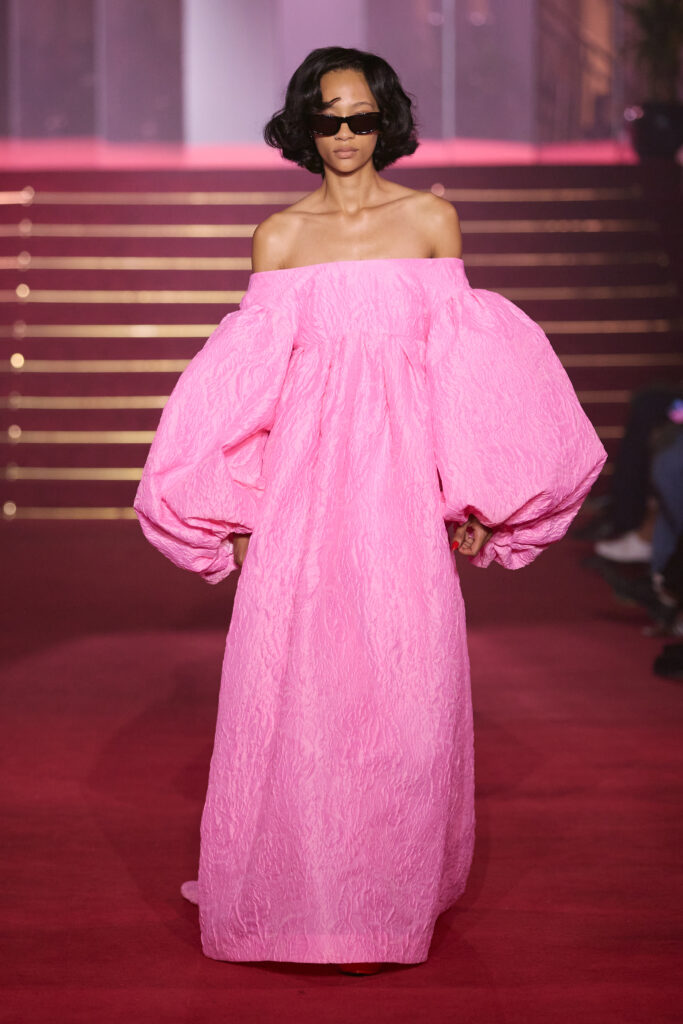
In contrast, the show was colorful. A stark pivot from the moody tone, bright reds, and neutrals usually used as house staples. Turquoise leather bombers, yellow polo dresses, and pretty-in-pink dresses, stood out on the runway. The swatches seemed like a forethought, a collection based in color, which felt odd yet natural for the brand.
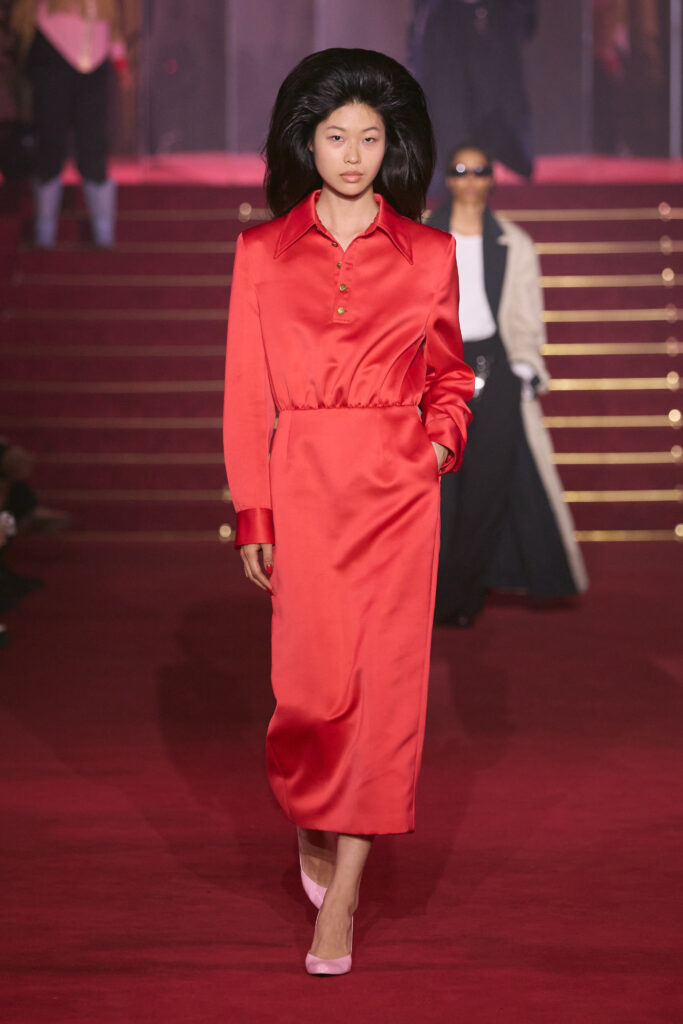
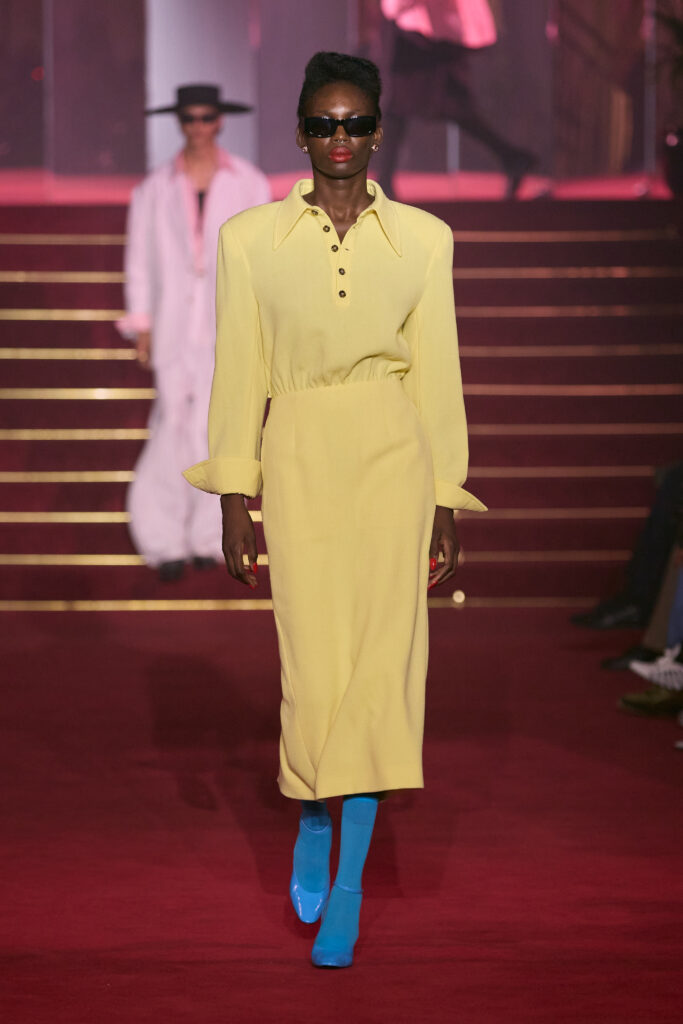
As for silhouettes, it was very classic. Boxy and cropped jackets with strong shoulders, barrel high-waisted trousers, and culotte-length baggy shorts felt casual but still tailored. Chavarria’s strong suit has always been a marriage of the two. The Adidas collab walked closer to the end and blended seamlessly with the other looks. The looks were equally thought out, a mixture of sportswear and tailoring that pushed the collection further.
The show was a time capsule, almost like what people thought the future would be like in the ’60s. Flying cars and whatnot. It was nostalgic yet space age, American yet anti. Chavarria mentions in the show notes, the theme is a blend of his homes: Huron, New York, and Paris. Elements like tracksuits and graphic prints felt very Cali, whereas the tailored trenches felt like New York.
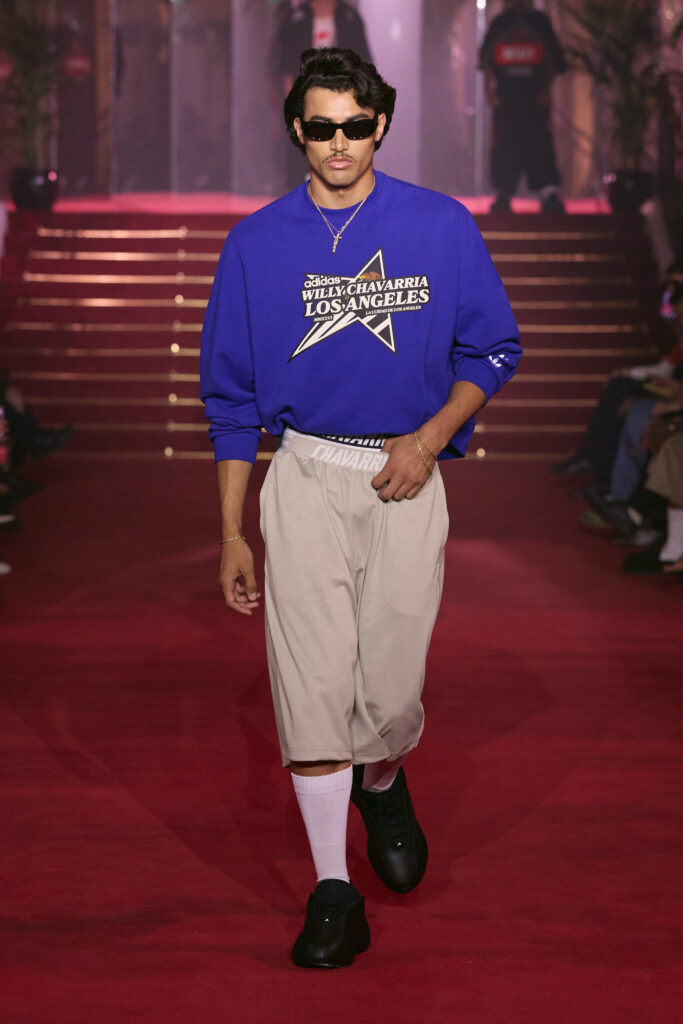
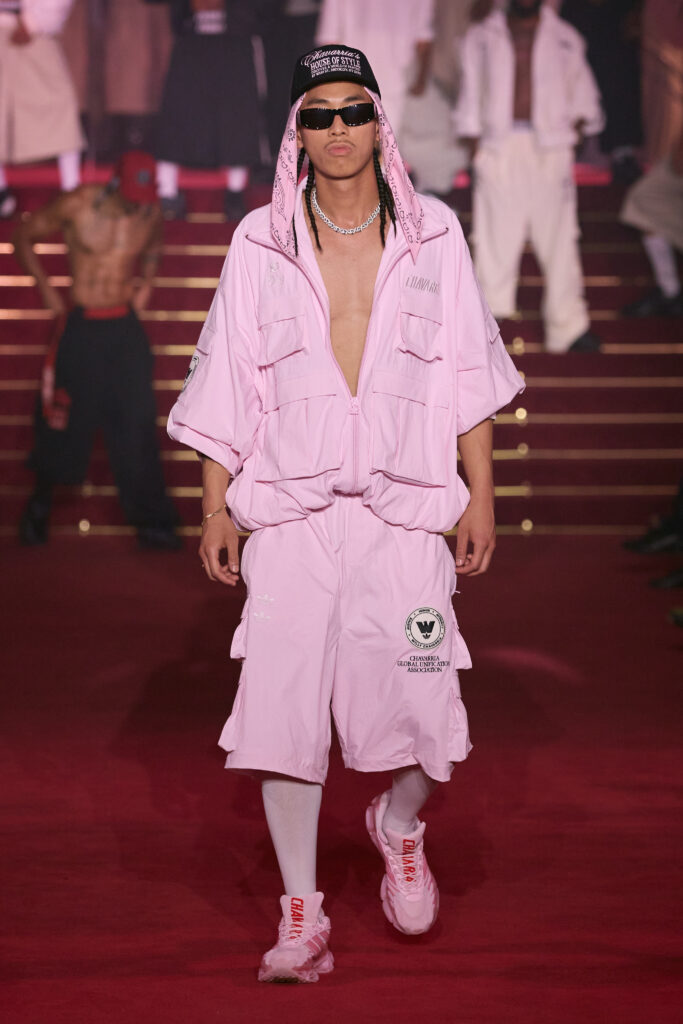
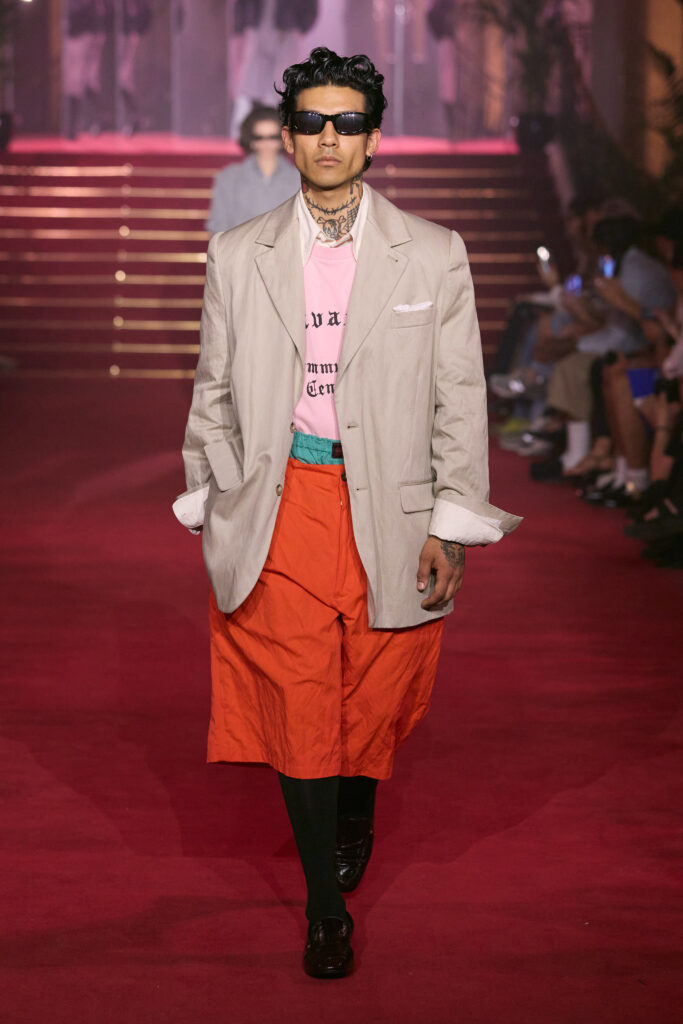
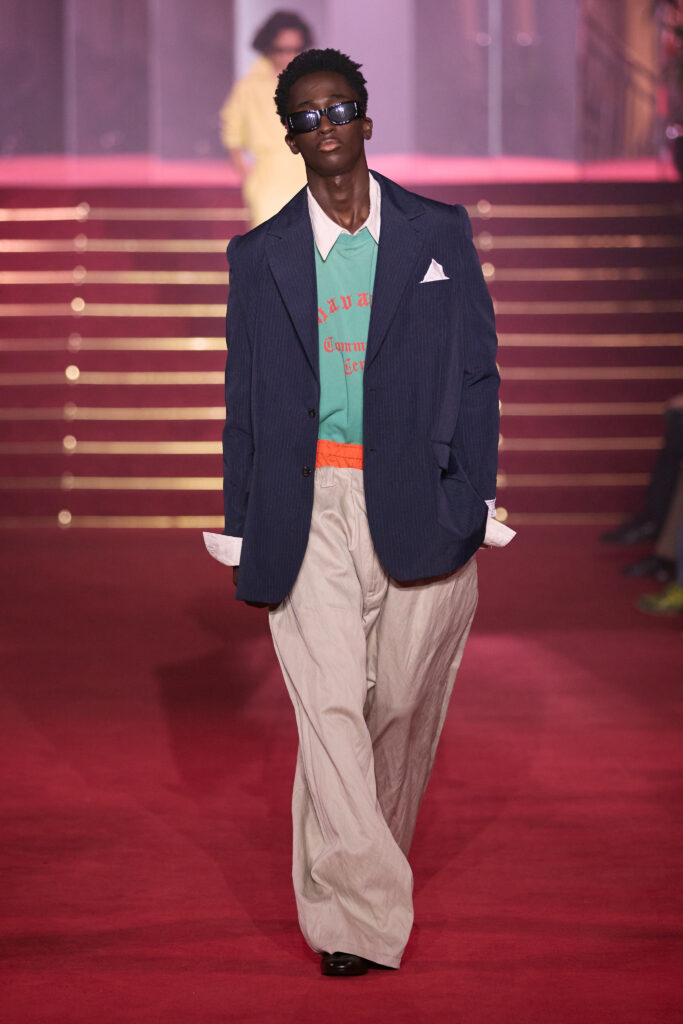
Using the combination of color and shape, along with his styling, Chavarria uses these ideas of privilege, and what privileged dress looks like, to create new characters that feel familiar. It’s the subversion that makes the collection feel so nostalgic yet different, pushing Chavarria’s commentary on growing up in a working-class, Mexican immigrant neighborhood. The color and fabric of the perfect “retro futurist life” with styling rooted in personal heritage.
With the world on the edge, fashion can often feel out of touch. But Chavarria knows what a platform it is to have. “I’m not interested in luxury as a symbol of privilege. I’m interested in luxury as a symbol of truth in one’s own character,” said Chavarria. For his entire career, Chavarria has been outspoken. He collabed with Tinder and the Human Rights Campaign for Pride, and it felt honest and true. Chavarria’s activism never feels like a cash grab, which is why his shows feel so real to the brand and world wide circumstances.
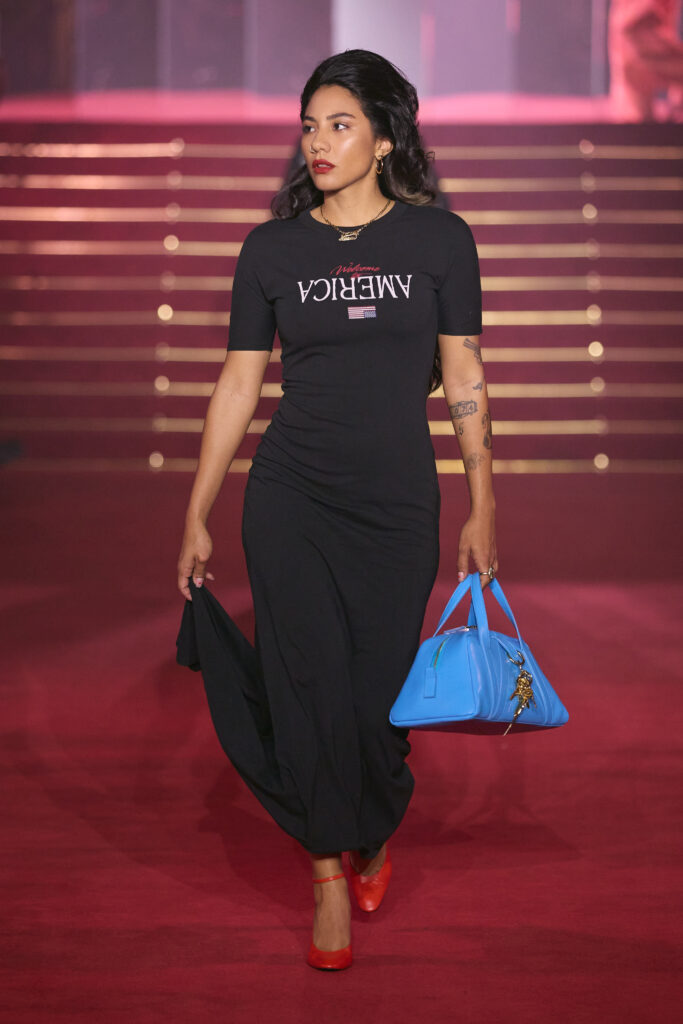
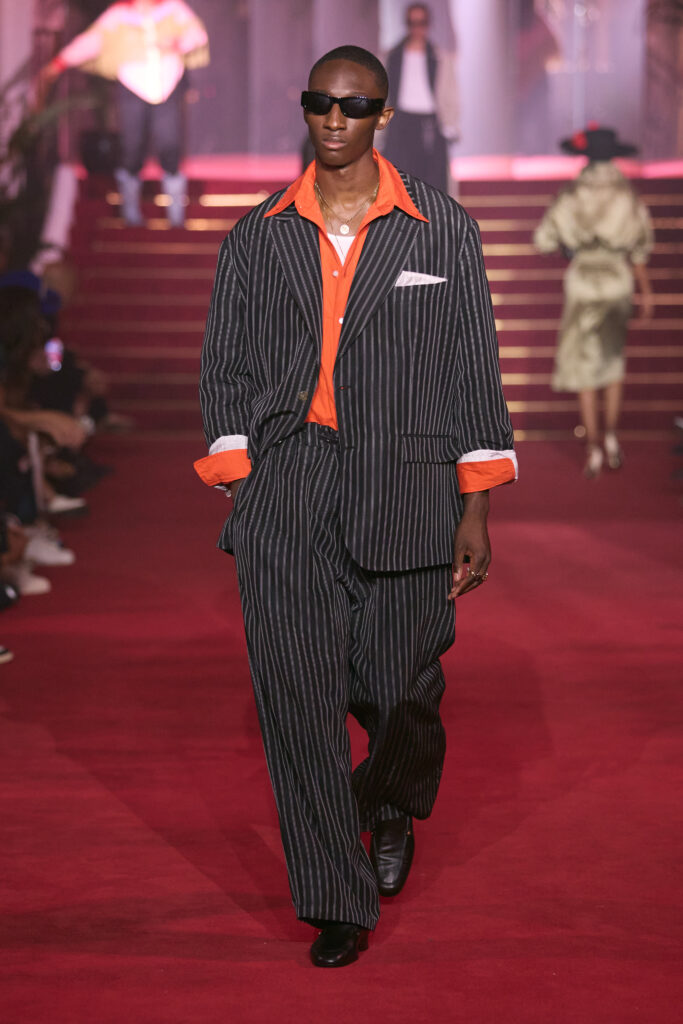
It has been so long since we’ve seen runways challenge systems and become political. Chavarria, though, continues to barrel through, displaying his true thoughts and feelings. He doesn’t break down massive ideas; he personifies them into ideas like a hometown. It becomes important.
In content coming out of the show, a user commented, “Never heard of Chavarria and I see now that is an oversight I will be remedying with speed.” So study up, because Chavarria is for the culture.
Discover More
